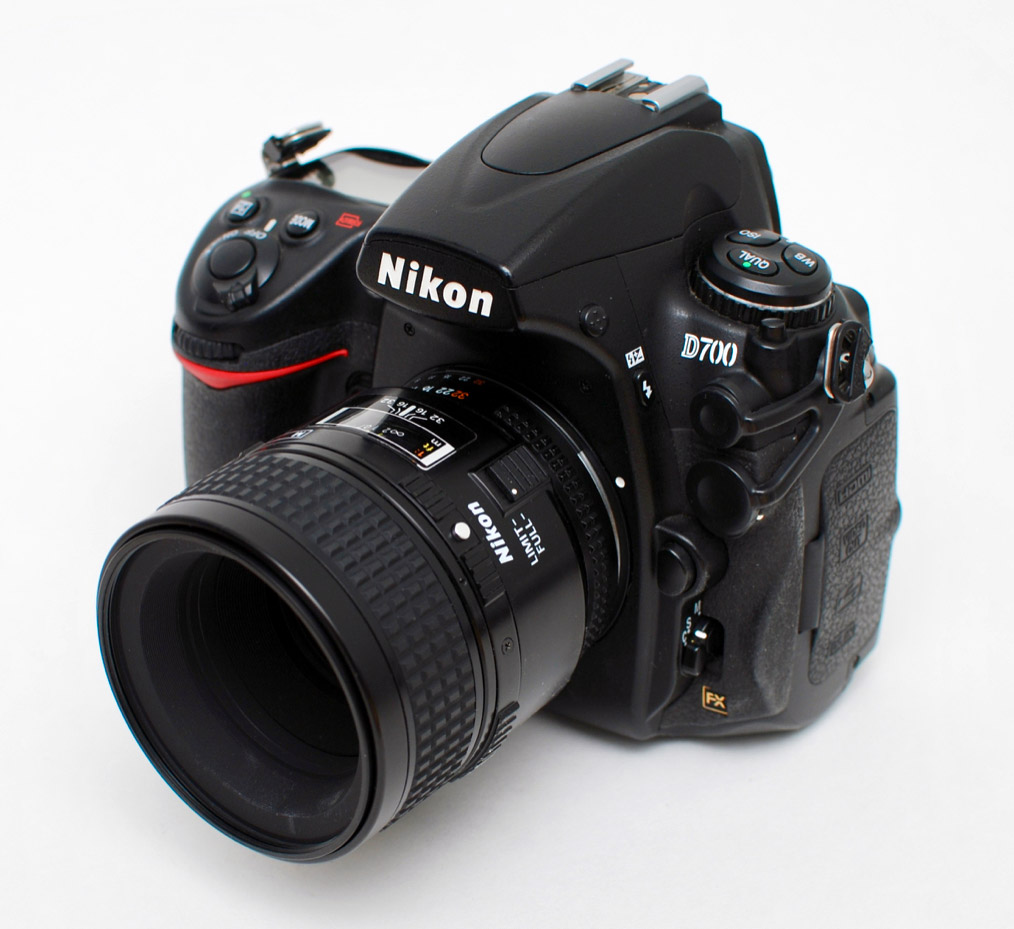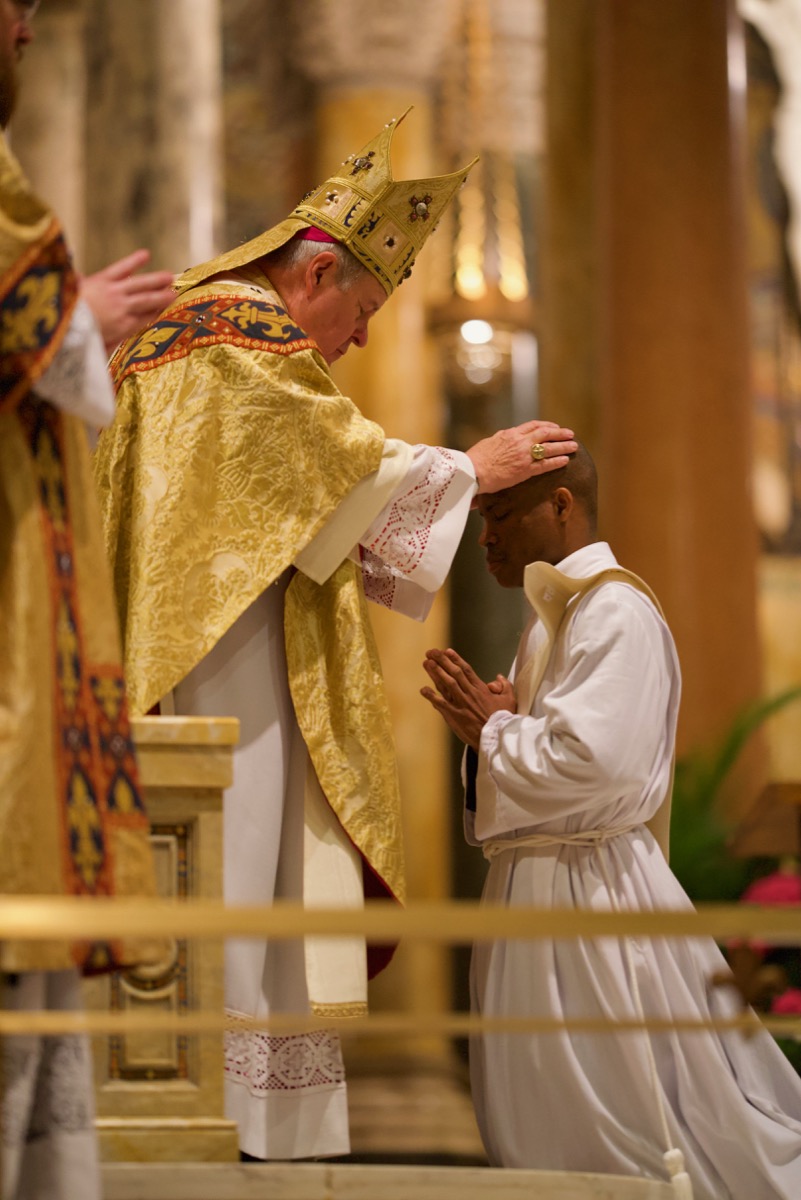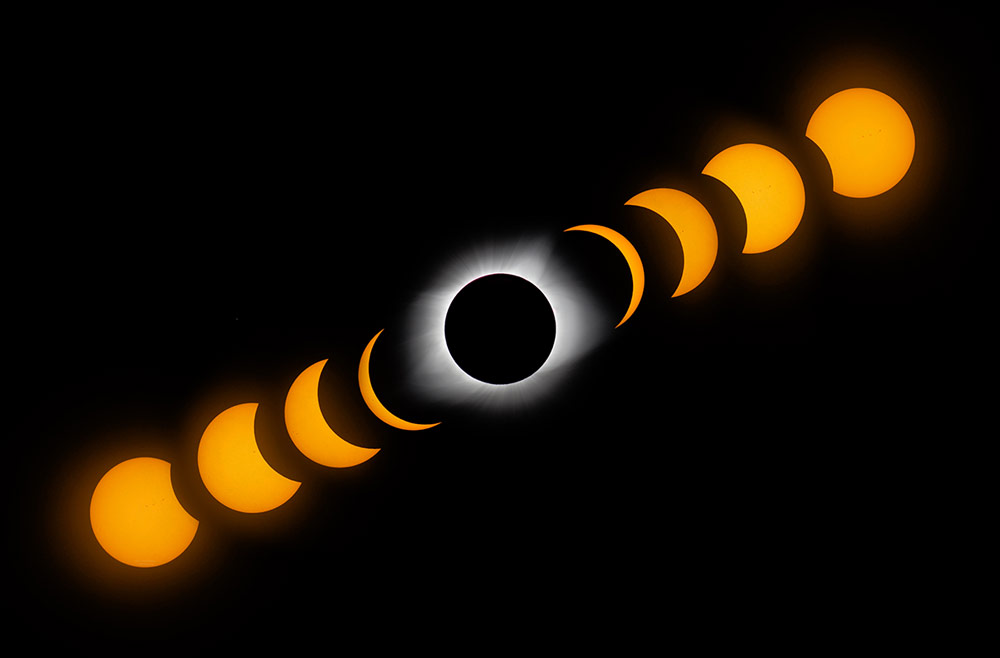The Nikon D700 holds a special place in my heart. I started getting serious about photography right around the time digital SLR cameras (DSLRs) were overtaking film cameras in terms of quality and sales quantity. My first non-snapshot camera was a manual-focus Minolta X-700, and I'm sad I sold it years ago. The D700 was the first 'semi-pro' level DSLR I used; though I never owned one until recently.

I rented and borrowed the Nikon D3, D3s, and D700 a number of times when they were the state of the art, and I still love the way the D700 renders images. The fact that it shoots at 12 megapixels means it's more forgiving with handheld photography at slower shutter speeds (since motion blur gets much worse as resolution increases). It doesn't do video at all... but as a photographer's camera, besides maybe the Nikon Df, there isn't a DSLR that I've enjoyed using as much for as long.




